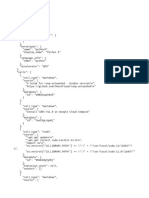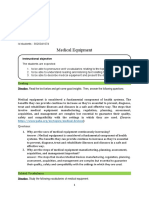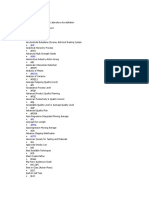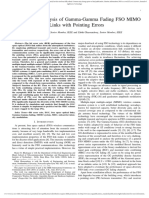0% found this document useful (0 votes)
67 views8 pagesUNIT II - Data Handling Part I
This document provides an overview of data handling in Python, focusing on data types, NumPy arrays, and various computations. It covers topics such as type conversion, array creation, universal functions, aggregations, broadcasting, and structured data. Additionally, it includes examples of indexing, sorting, and using boolean masks for data manipulation.
Uploaded by
nitramesh2913Copyright
© © All Rights Reserved
We take content rights seriously. If you suspect this is your content, claim it here.
Available Formats
Download as DOCX, PDF, TXT or read online on Scribd
0% found this document useful (0 votes)
67 views8 pagesUNIT II - Data Handling Part I
This document provides an overview of data handling in Python, focusing on data types, NumPy arrays, and various computations. It covers topics such as type conversion, array creation, universal functions, aggregations, broadcasting, and structured data. Additionally, it includes examples of indexing, sorting, and using boolean masks for data manipulation.
Uploaded by
nitramesh2913Copyright
© © All Rights Reserved
We take content rights seriously. If you suspect this is your content, claim it here.
Available Formats
Download as DOCX, PDF, TXT or read online on Scribd
/ 8






















































































